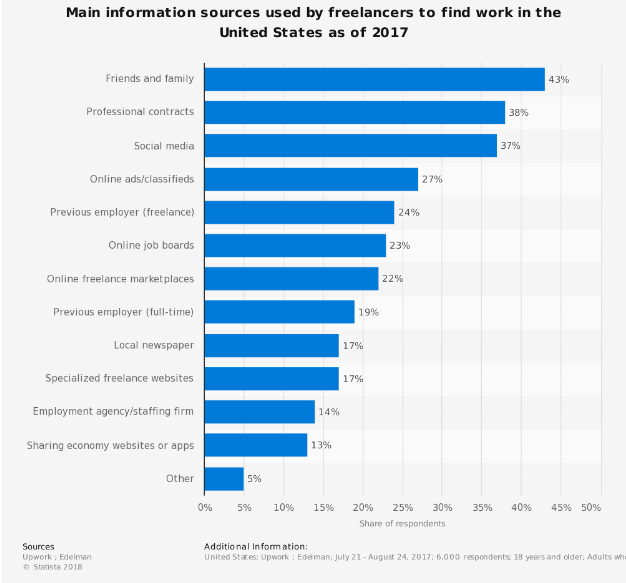When it comes to starting a business, we don’t hear as much in the media about bootstrapping. After all, venture capital is more interesting, right? That’s where unicorns get created. That’s where sales might increase 1,000 percent in a quarter.
In the entirety of 2017, there were about 11,000 total VC investments made worldwide, according to CB Insights. But, there are half a million businesses started every year in America, according to Forbes.
With those numbers, your chances of attracting VC funding are close to zero, especially if you live outside of Silicon Valley and/or are starting a business that isn’t tech-related.
Sorry to be the bearer of bad news.
The good news is that plenty of new businesses can be successful when bootstrapped. I won’t say that it’s an easy process, because at times, it’s painful. Every dollar must be accounted for and every dollar saved on basic necessities can be reinvested back into growing your business.
To that end, here are some specific areas in which new businesses can save money to better bootstrap their businesses. (As a disclaimer, I own and operate an e-commerce business, so my needs may be slightly different than yours).
Related: 4 Realities of Bootstrapping a Business From Nothing
Office space
Without a doubt, coworking space can save you a ton of money every month.
One challenge many e-commerce startups face is that they need space to store physical products, so while coworking can be great for day-to-day operations, they still need a warehouse or something similar.
When we first opened, we rented a room in the back of a larger business that allowed us to use their office staff for basic tasks like signing for packages and putting together shipments. I’m honestly shocked that more entrepreneurs don’t at least attempt this. Before you sign a lease for your own space, ask around your neighborhood. You might be surprised by how many established businesses have some extra space that they would be happy to have filled.
As an example, I have a friend who leased storage space at the back of a car repair shop for about $0.50/sq. ft., instead of $3/sq. ft. at storage facility. He was able to work this deal out largely because he only needs to access the space on the weekend, when the car repair shop is closed.
Insurance
If you’re bootstrapping, make sure your personal assets are protected. In doing so, you’ll protect yourself, and save money by skipping out on standard business insurance policies, which may be too robust and costly while you’re starting out. When it comes to reasonable, bootstrapped insurance, have a conversation with a reputable broker and go from there.
Hiring
This issue started coming up for us almost immediately. We had a variety of needs and really, there wasn’t any way that we could hire a single person to fill all those roles.
As an example, we needed a video editor, an awesome writer and someone with good web development skills who could help improve our website’s conversion rate. So, we started hiring freelancers.
In order to hire the best freelancers for the job you need, take into account where freelancers actually find work and go from there. You’ll likely find that hiring a freelancer on a job board made for freelancers is often the most expensive way to do so.

Sign Up: Receive the StartupNation newsletter!
Software
The cost of building a new website will vary, but with any technical skills at all, you should be able to install WordPress and implement some web design insights to make the most of your platform and remain competitive.
We talk incessantly about SEO and building traffic to a site, but too often as entrepreneurs, we forget about increasing conversion rates. Using landing page builders like Instapage or Unbounce might cost you $100 or so per month but they’ll give you a very real read on what type of page would convert in your niche.
When you’re writing checks from your business’ savings account, you’re going to want to go over every expense with a fine tooth comb, especially the big ones like web development and rent.






